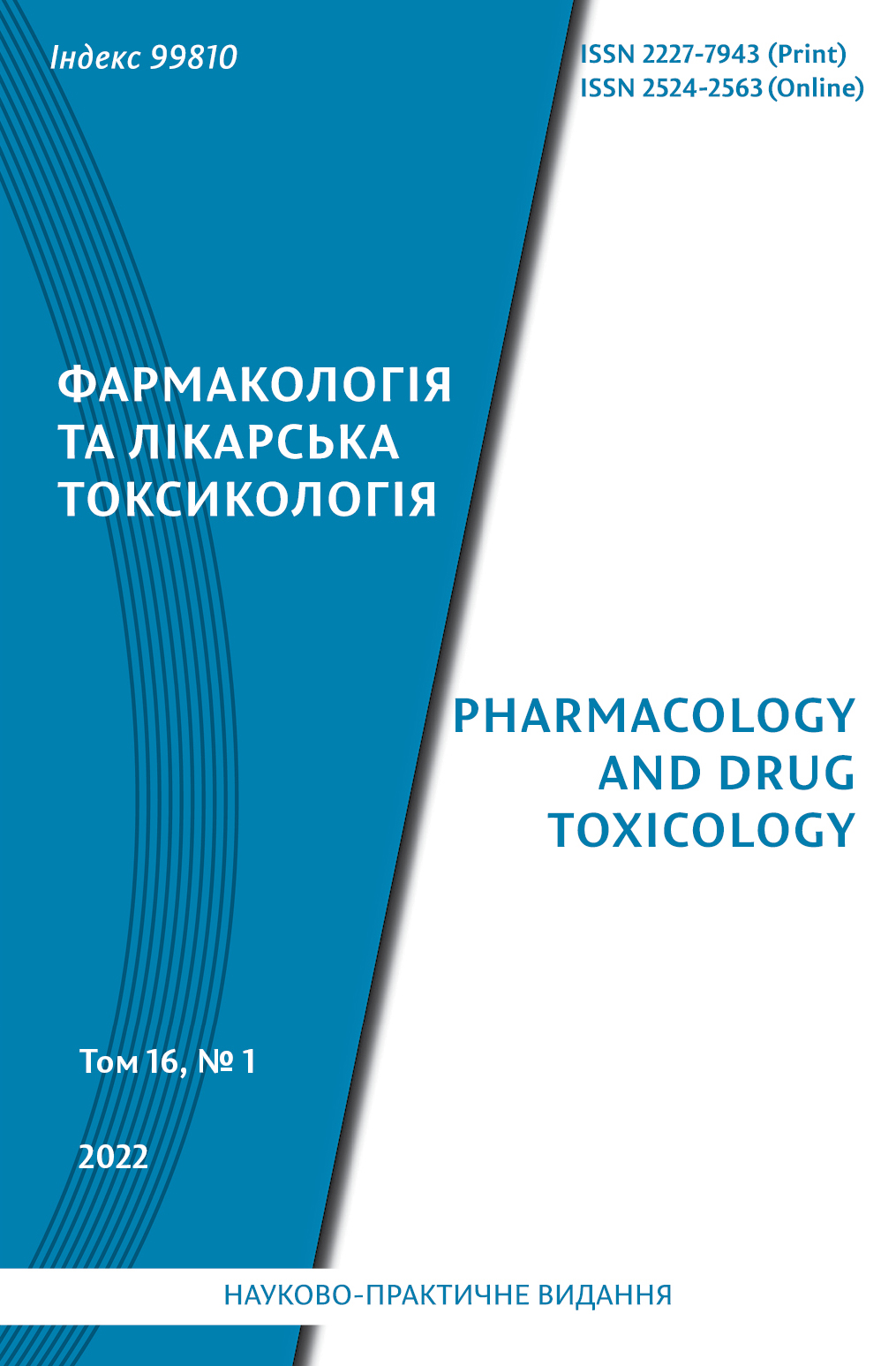Abstract
The strategy of the acute blood loss treatment is based on modern ideas about its pathogenesis, including both anemic syndrome and hypoxia, coagulopathy, microcirculation disorders, and multiorgan failure.
Given this, the infusion solution «Hemodez-N» can be used in hemorrhagic shock. There is also evidence of usefulness in blood loss of succinate-containing drugs, in particular mexidol, but the combined effect of these remedies has not been previously studied.
The aim of the study was to research the effect of mexidol, Hemodez-N and their combined effect on gases, electrolytes and lipid peroxidation in the blood under acute blood loss in laboratory animals.
The experiments were performed on 28 albino male rats. Blood loss was simulated by the heart puncture under ether anesthesia. Mexidol (100 mg/kg), Hemodez-N (5 ml/kg) or their combination at the same doses were administered intraperitoneally immediately after blood loss. Rats with control pathology were injected with the solvent. 3 hours after blood loss in the left ventricular blood the partial pressures of carbon dioxide (pCO2) and oxygen (pO2), hemoglobin saturation by oxygen (% sO2), oxygen volume (ctO2), hydrogen index (pH), bicarbonate (HCO3–), sodium (Na+), potassium (K+) and calcium (Ca2+) were determined. The content of products that react with 2-thiobarbituric acid (TBAAP) and the activity of superoxide dismutase (SOD) in erythrocytes were evaluated. The results were processed by Statistica for Windows 8.0 software using one-way ANOVA variance analysis with a posteriori Fisher LSD test.
After blood loss with the solvent administration, pCO2, pO2 and % sO2 were at the level of intact control, and ctO2 decreased. When correcting blood loss with mexidol and its combination with Hemodez-N, pCO2 decreased 1.2 times and pO2 increased 1.6 times. An increase in % sO2 compared to control pathology
was recorded. Both study drugs and their combination increased ctO2 by 1.5 times. Blood loss was characterized by a decrease in Na+ concentration and an increase in K+ content in the blood without changes in other electrolytes and pH. Under the influence of mexidol, there was an increase in pH. Under the action of Hemodez-N, the K+ content decreased and the Ca2+ content increased. The combined action of the drugs caused an increase in pH and did not affect other electrolytes. Blood loss led to the accumulation of TBAAP in erythrocytes 3.8 times without changes in the activity of SOD compared to intact animals. Mexidol and Hemodez-N normalized the content of TBAAP, and their combined effect was most pronounced. The separate administration of mexidol and Hemodez-N caused an increase in the SOD activity, and the simultaneous use of both drugs increased the activity of SOD to the same extent as each drug separately.
Thus, in acute blood loss, the combined action of Hemodez-N and mexidol retains all the positive effects inherent in the antioxidant itself, and enhances the effect on the content of K+ in the blood and TBAAP in erythrocytes. This confirms the need to include succinate-containing agents, in particular mexidol, in the treatment of acute blood loss, along with blood substitute solutions.
